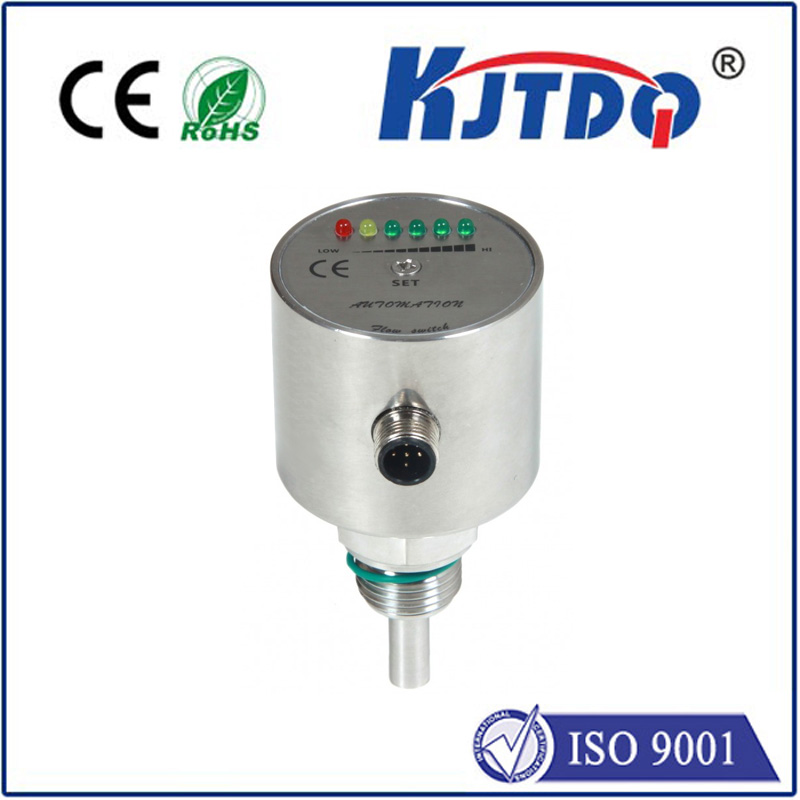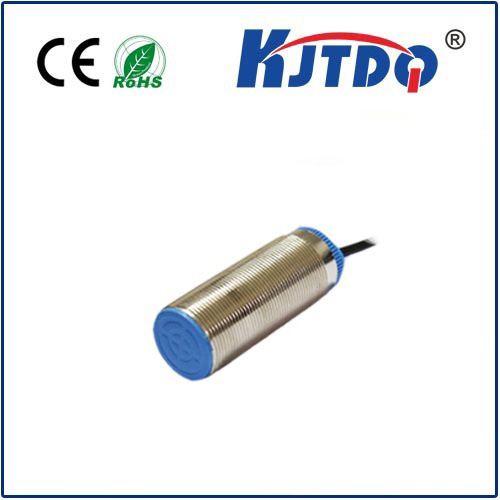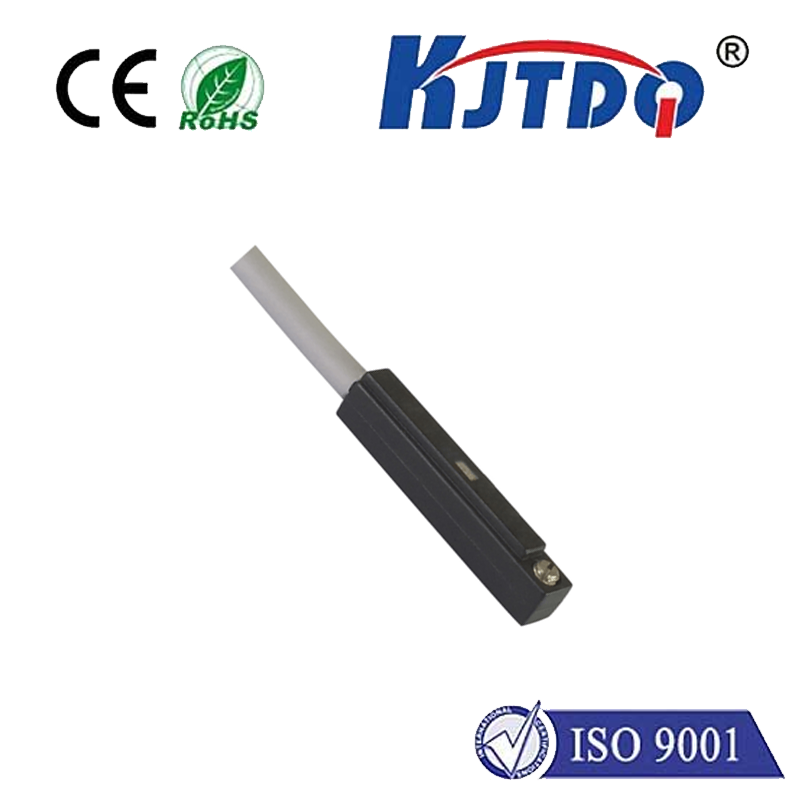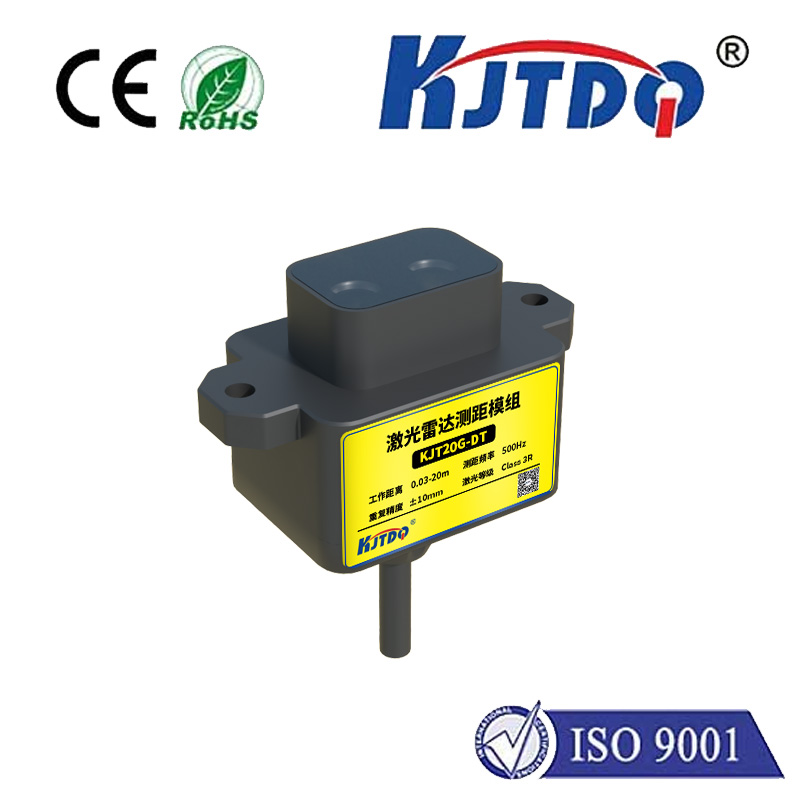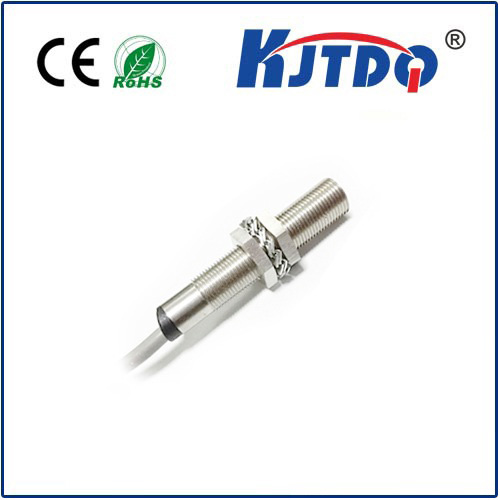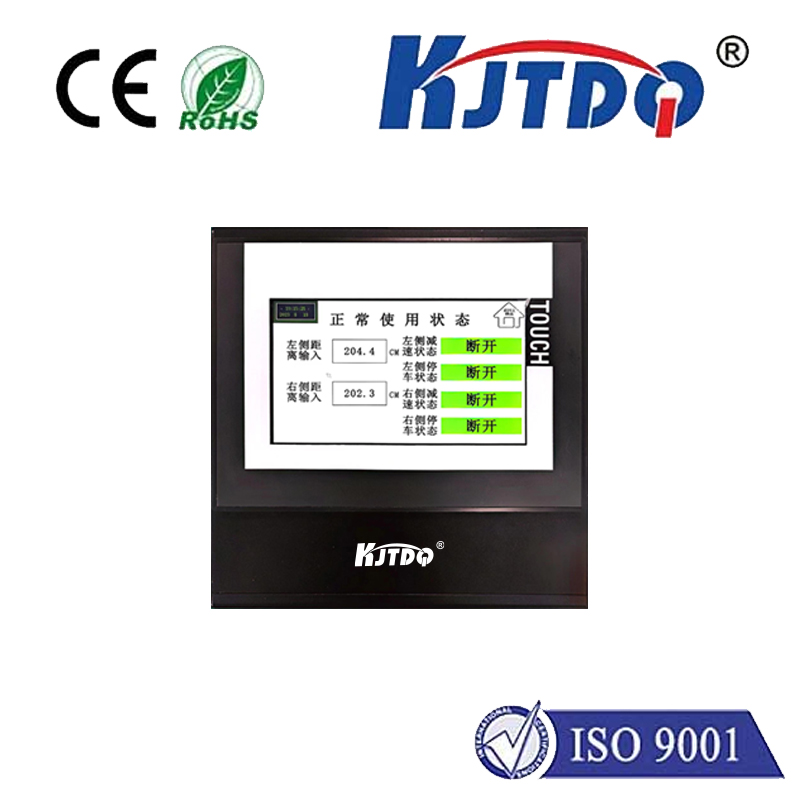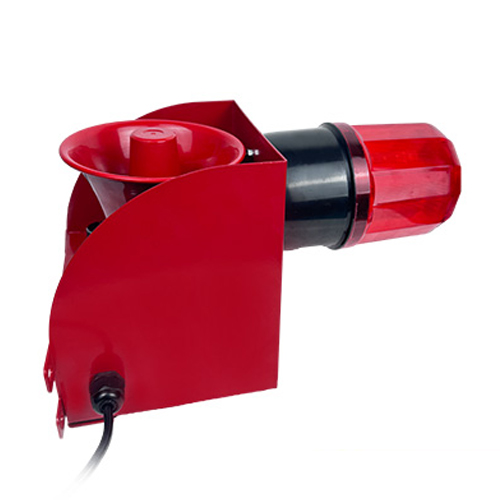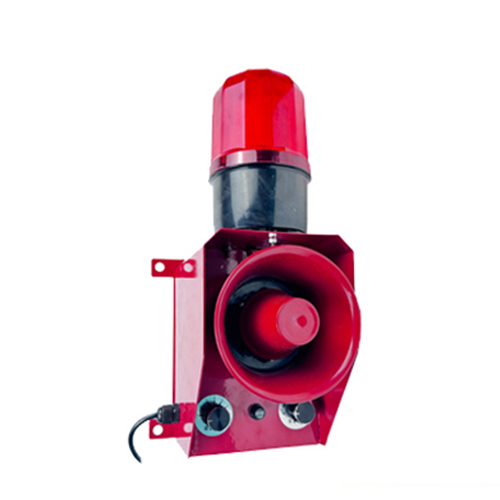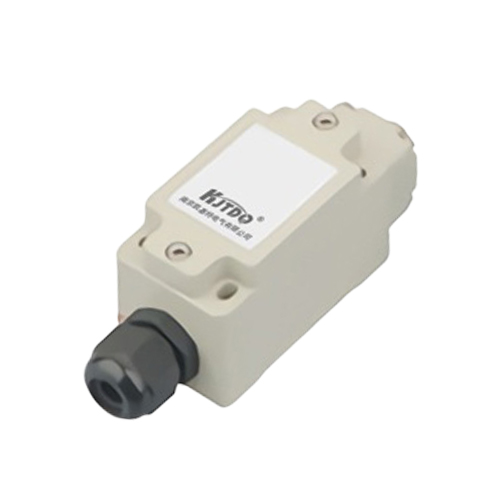

check

check

check

check

check

check

check

check

check

check
Imagine a bustling factory floor where robots zip around assembling products, and conveyor belts hum with efficiency. A single misstep in detecting a component could halt the entire line, costing thousands in downtime. That’s where cutting-edge sensors like the E3S-CL1 2M laser photo sensor step in, acting as the silent guardians of industrial accuracy. Designed with advanced laser technology, this sensor offers unmatched reliability for detecting objects up to 2 meters away, making it a cornerstone in automation systems. As industries evolve towards smarter operations, understanding how this photoelectric sensor integrates into daily workflows is key to boosting productivity and reducing errors. This article dives deep into the E3S-CL1 2M, exploring its features, applications, and why it’s becoming indispensable in sectors from manufacturing to logistics.
Photoelectric sensors, like the E3S-CL1, operate by emitting a light beam—in this case, a laser—and detecting its reflection off objects to determine presence, position, or distance. This fundamental principle allows for non-contact sensing, which minimizes wear and tear compared to mechanical alternatives. The laser component is pivotal; it provides a focused, coherent beam that reduces interference from ambient light, ensuring consistent performance even in challenging environments such as dusty warehouses or variable lighting conditions. For the E3S-CL1 model, the “2M” designation specifically refers to its impressive detection range of 2 meters. This extended reach is a significant upgrade over standard sensors, enabling it to monitor larger areas without repositioning. In essence, this laser photo sensor acts as an intelligent eye, capturing minute details that human operators might miss, thus driving efficiency in high-stakes scenarios.

Delving into the specifics of the E3S-CL1, its design incorporates several key innovations. First and foremost, it utilizes a highly responsive laser diode that emits a precise beam, resulting in sub-millimeter accuracy for object detection. This is crucial for applications requiring fine tolerances, such as aligning parts on an assembly line or verifying component sizes. Robust construction ensures durability in industrial settings, with features like IP67-rated housing for resistance to dust and water splashes. The sensor’s compact size allows for easy integration into tight spaces, while its simple wiring setup facilitates quick installation. Moreover, it includes adjustable sensitivity settings, enabling users to fine-tune detection parameters based on specific needs—whether for transparent objects, reflective surfaces, or varied materials. Such adaptability makes the E3S-CL1 versatile, reducing the need for multiple sensor types in a single system. By focusing on user-friendly design, this laser photo sensor minimizes downtime during maintenance, which is a common pain point in fast-paced industries.
The applications of the E3S-CL1 2M laser photo sensor span a broad spectrum, revolutionizing everything from automotive assembly to packaging lines. In automotive manufacturing, for instance, it monitors parts placement with pinpoint precision, ensuring that each component aligns correctly before welding or fastening. This prevents costly errors like misaligned doors or faulty engines, enhancing overall product quality. In the food and beverage industry, the sensor detects containers on conveyor belts, triggering sorting mechanisms to divert items based on size or position—a task that demands consistent accuracy to avoid spills or jams. Similarly, in logistics and warehousing, it aids robotic arms in identifying and gripping packages accurately within its 2-meter range, optimizing inventory management and reducing manual labor. Beyond these, the photoelectric sensor plays a vital role in safety systems; for example, it can be integrated into machinery to halt operations if an object enters a restricted zone, protecting workers. Real-world case studies highlight its impact, such as in a recent automation upgrade where a factory reported a 20% reduction in detection faults after switching to the E3S-CL1 model.
Adopting the E3S-CL1 laser photo sensor brings numerous advantages over traditional sensing methods. Unmatched precision is perhaps the most compelling benefit, as its laser beam enables reliable detection of small or low-contrast objects that infrared or ultrasonic sensors might overlook. This high accuracy translates to fewer false readings and less rework, saving both time and resources. Long detection distances up to 2 meters allow for versatile deployment, eliminating the need for frequent sensor repositioning in expansive settings. Additionally, its energy-efficient design consumes minimal power, aligning with sustainability goals while lowering operational costs. Durability is another standout feature; built to withstand vibrations, temperature fluctuations, and harsh elements, the E3S-CL1 ensures long-term reliability without frequent replacements. When compared to older photoelectric sensors, it offers faster response times—often in milliseconds—which is critical for high-speed applications like bottling lines or robotic picking. These benefits collectively make it a cost-effective solution, as its upfront investment is quickly offset by reduced downtime and enhanced automation capabilities.
Integrating the E3S-CL1 2M laser photo sensor into existing systems is straightforward, thanks to its
